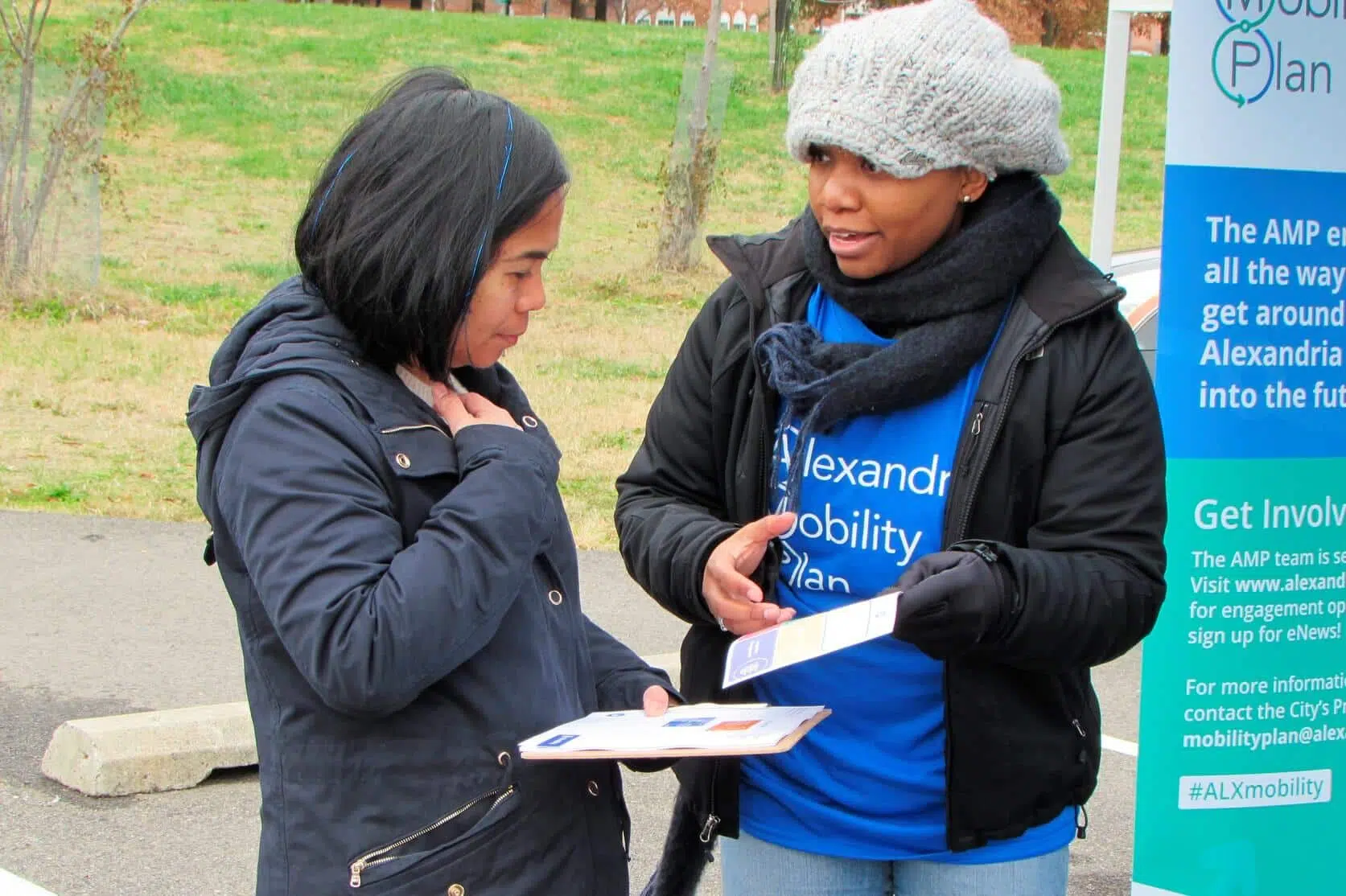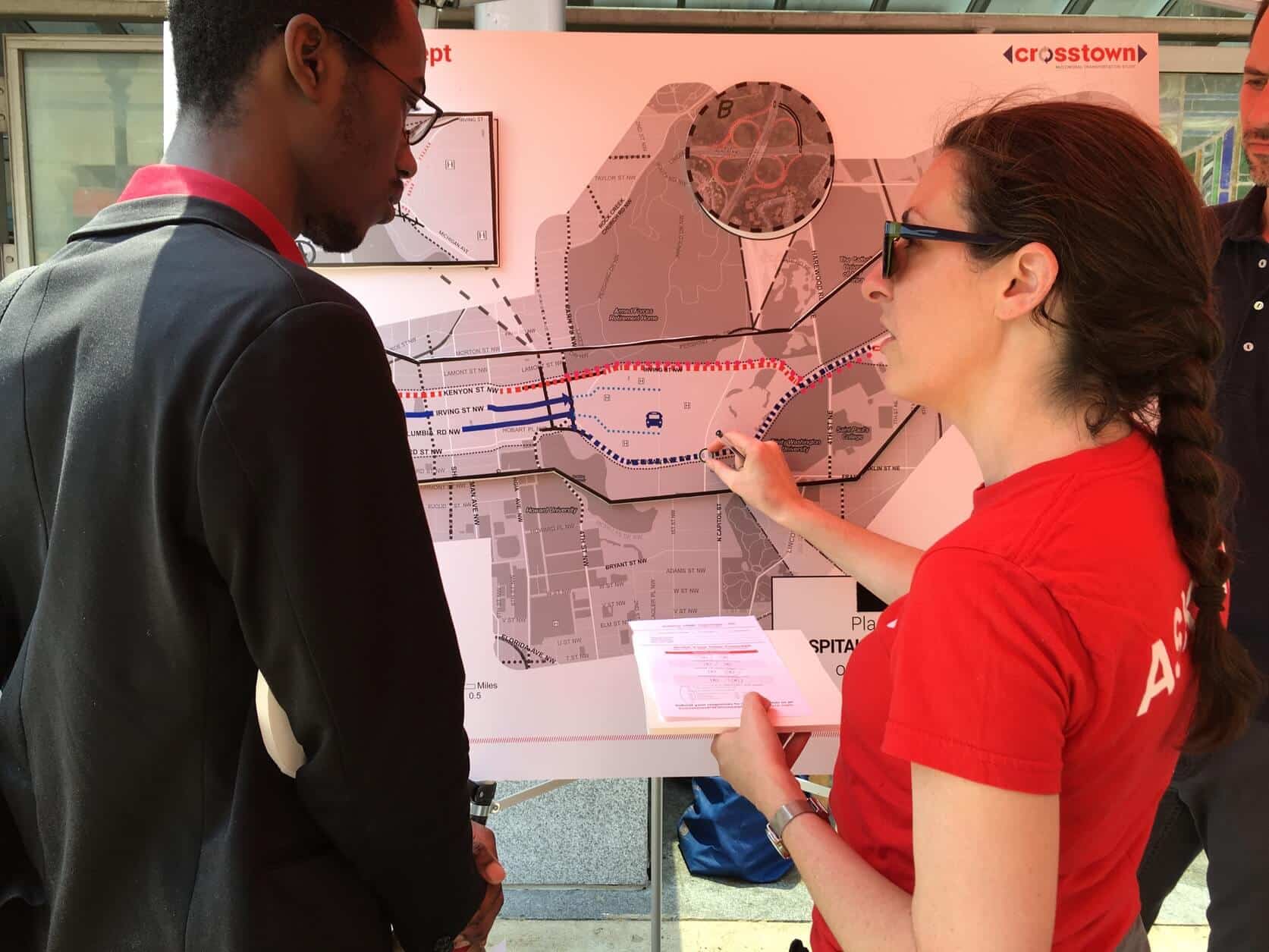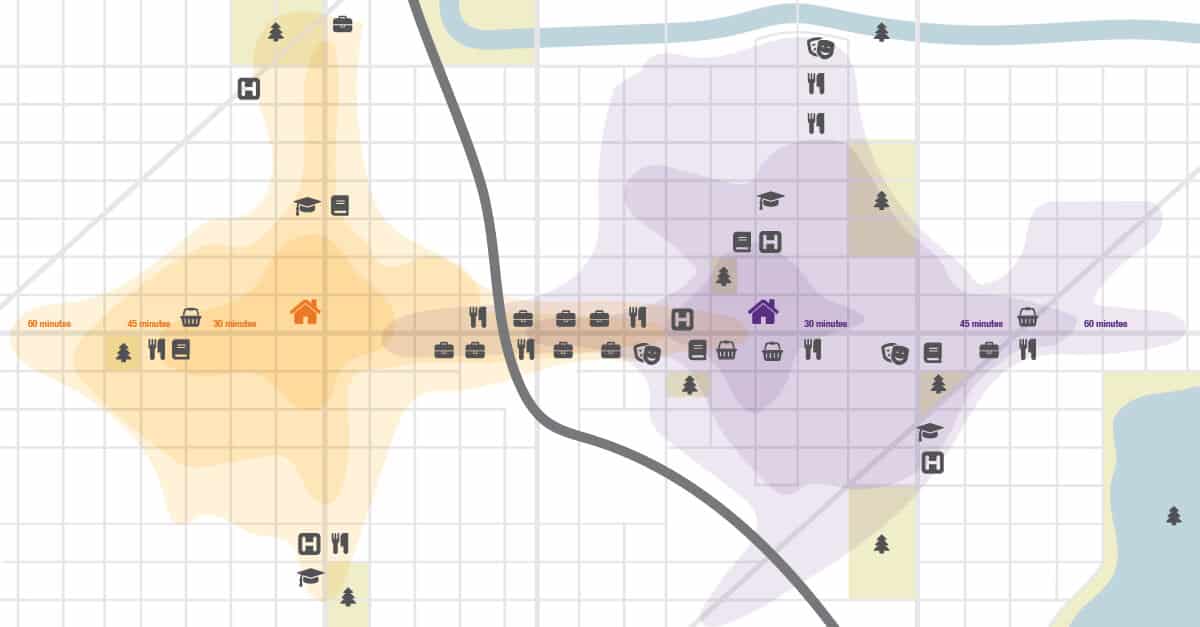- August 4, 2021
- Kimley-Horn Corner
Our Commitment to Equity in Planning and Design
Equitable Access is a Fundamental Building Block of Complete Communities

Communities and public agencies are partnering to quickly find new solutions to modern problems. Though the challenges are vast, climate change, economic competitiveness, transportation, and housing are almost always top of mind. As new projects and programs are advanced, it is important to consider potential solutions to these problems through an equity lens—with a deliberate focus on equitable processes and outcomes. Understanding the influence of future investments on our most vulnerable and underrepresented communities creates an awareness that can lead to outcomes where shared prosperity becomes the norm.
When planning is viewed through the lens of equity, it has the potential to fortify communities. This approach requires alignment between public policy, community engagement, and financial commitments. Successful processes include improved awareness, data-informed decision-making, and transparency. By developing a strong methodology and process for applying an equity lens, we create a setting where progress on community priorities can be accelerated. In this way, we work toward complete communities—where the basic needs of all residents are met.
Equitable Policies Generate Equitable Outcomes
Achieving and maintaining shared prosperity is an ongoing journey. Only through the collection and examination of existing policy can we better understand the relationship between current practices and conditions. Policy diagnostics offer the opportunity to identify existing practices that may be perpetuating inequities. Kimley-Horn is actively supporting clients across the country in reimagining and modernizing policy in realistic, yet forward-thinking ways. These policy diagnostics are being performed on the community, regional, and statewide scale. Our team of policy practitioners are here to help agencies and communities bring greater alignment between current policies and desired community outcomes.

Equitable Engagement Ensures All Perspectives are Heard
To increase the probability of equitable outcomes, equitable engagement must guide the planning process. Increased awareness and enhanced engagement practices are prerequisites for equitable engagement. This involves a coordinated strategy and strong partnership with advocacy organizations, institutions, and community groups. Inclusive engagement strategies require:
- Goals: Define inclusivity success at the beginning. We only achieve what we measure.
- Monitoring Participation: Identify who’s missing and seek them out.
- Adjusting: Remain dynamic with resources and methods.
- Creativity: Tailor materials and methods so that they resonate and are relevant to the diverse people we need to serve.

Equity Indexing Supports Data-Informed Decision-Making
Identifying equitable ways to invest in infrastructure, transportation, transit, and land use can reveal challenges and new constraints. Even agreeing on how to define areas of greatest need can be controversial. As technological innovations allow for more robust analyses, agencies and communities are being asked to answer additional questions regarding the impact of projects on local goals and the alignment of these projects with community vision and expectations.

Mapping Areas of Greatest Need
To overcome harmful disparity, we must be able to measure and quantify it. Disparity exists where limited access and vulnerability overlap. We’ve developed proprietary technologies that aggregate, analyze, and index the influence of project alternatives on mobility and equity goals. Using an equity indexing tool to map and visualize areas of greatest need is one of the most effective ways to ensure equitable access in a community planning project of any size or scale.
"We not only need to be planning and design experts, we also need to be capable of generating and communicating the likely contribution of an investment towards desirable community outcomes."
Danielle McCray, Kimley-Horn
Prevalent community priorities include equity, housing affordability, work force connectivity, economic competitiveness, climate change, environment, public health, and safety. Highlighting the influence of projects on these essential community themes helps to inform decision-making and ensure that more equitable outcomes result.
The use of advanced analytics and open source data leads to more informed decision-making. Kimley-Horn continues to help vulnerable populations by creating custom tools that inform tradeoff selections and capital prioritization. These tools also can be used to promote the benefits of implementing a program of improvements.
Consider the Possibilities
When equitable policy and engagement practices are combined with advanced analytics, the probability of creating impactful change in communities becomes more likely. When our communities become more equitable, they’re better prepared for the future and more economically stable. When community values and priorities align across initiatives, complete communities emerge—improving local conditions and creating the opportunity for continued success.
Kimley-Horn continues to contribute to the development of complete communities by sharing lessons learned, authoring best practices, and promoting awareness. We understand the challenges agencies face when balancing competing and complex project and community constraints. When we work together to consider equity in all facets of planning, we design more equitable engagement strategies and advance efforts towards shared prosperity.
